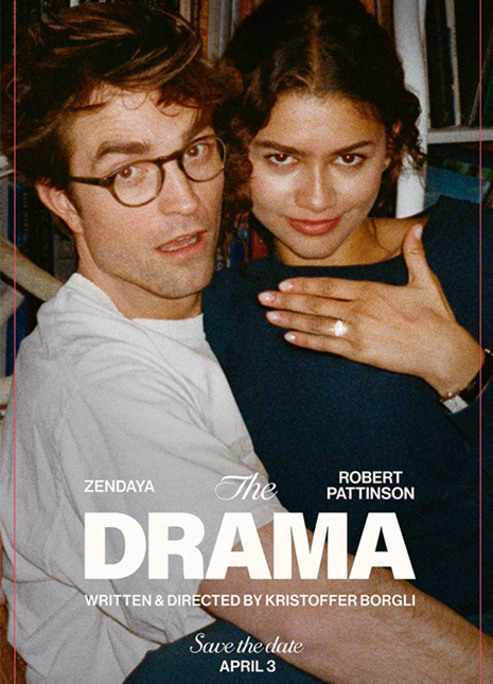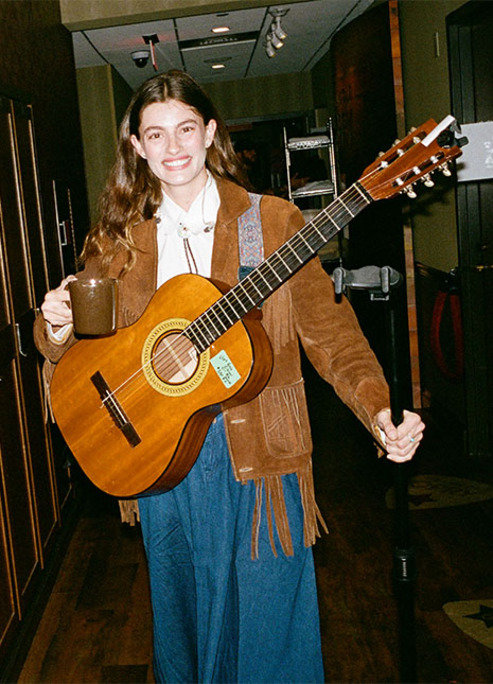Emerald Fennell’s Wuthering Heights Teaser
Inaccurate nightmare or a romantic whimsy dream?
Since 12th July, when Emerald Fennell announced on X that she is creating her own version of Wuthering Heights, the internet has been up in arms about what Fennell’s adaptation of a classic gothic novel starring Margot Robbie as Catherine Earnshaw and Jacob Elordi as Heathcliff will entail. While Fennell's version is based on Emily Brontë's renowned book of the same name, unlike Catherine and Heathcliff, I don’t think the souls of Fennell's new film and the 19th-century novel are the same.
“Whatever our souls are made of, his and mine are the same.”
Emerald Fennell has won many awards, including an Academy Award and two BAFTAs. She is best known for her second film, Saltburn, which she wrote, directed, and produced. Saltburn shocked audiences with its bathtub and grave scenes, which still haunt many to this day. As well as having socio-political statements about class, power, and obsession, it also has lots of standout visual metaphors. People argue that Fennell’s work is more style over substance, and that is true to an extent, but there is some substantial visual storytelling within the heavily aestheticised visuals. Jacob Elordi, who starred as Felix Catton in Saltburn, height itself acts as an effortless visual metaphor. A cinematic device, I am sure that Fennell will take into the new adaptation of Wuthering Heights with Elordi as Heathcliff.
There will be some spoilers ahead for Emily Brontë’s novel, so beware!
Historically and Literally Inaccurate Nightmare?
Casting choices
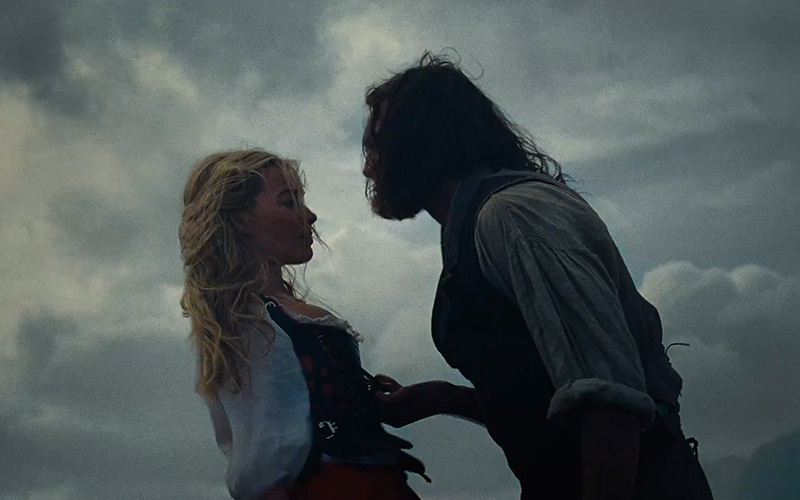
Most of the complaints about Margot Robbie's casting revolve around her age. Robbie is 34, and Catherine Earnshaw is a teenager throughout the novel who doesn’t make it into her 20s. This poses the argument that Robbie is too old to capture Catherine's innocence.
Though more importantly, the ethnicity of Heathcliff is also greatly controversial. Heathcliff's ethnicity isn't stated in the original text, but it is made clear that he is a person of colour. Michael Steward, the director of the Bronte Writing Centre, said: ‘I feel quite strongly that Emily’s intention was that he was either black or mixed-race and there are lots of clues in the text to suggest that.” This makes the casting choice of Elordi surprising, given the current responsibility for representation in film. As Stewart noted, “With Wuthering Heights, you’ve had many years of white actors playing Heathcliff. But things are different now, the way we represent certain people in art and culture comes with a responsibility now that wasn’t there 20 years ago.”
When is it set?
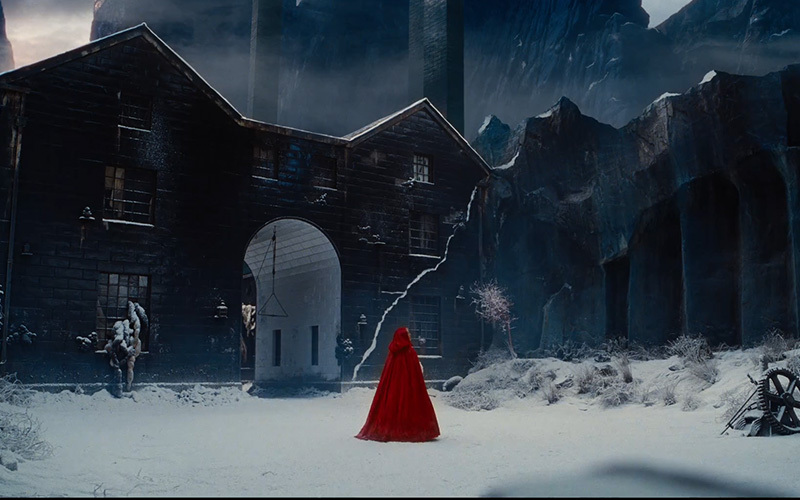
Emily Brontë’s original text was released in 1847, but the actual story starts in 1801. The majority of the novel takes place during a flashback, which was set much earlier, in the late 1700s. Though this is the case with the novel, it is not very clear when Fennell is choosing to set her novel, as the historical accuracy of the costuming seems to be all over the place.
Catherine’s Wardrobe
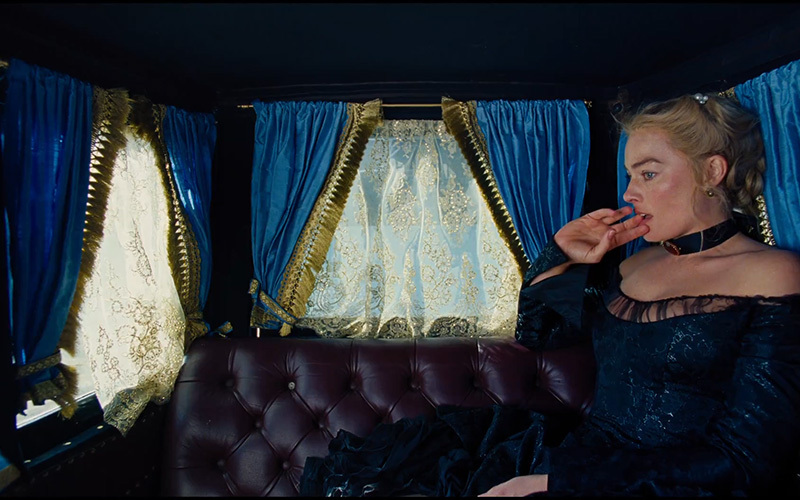
Catherine’s wardrobe isn’t distinctly one era, especially not late 1700s-looking, which would fall under the Late Georgian Era category. Her costuming seems more reminiscent of the 1600s, particularly the 1640s. During this time, lower necklines were popular. If you look at paintings of Louise Henriette, Countess of Orange-Nassau, or Henrietta Maria, the Queen Consort of England, during the 1640s, they all wear dresses featuring exaggerated lower necklines and pinned sleeves, showing a lot more skin than had previously been socially acceptable.
Another example is the 1642 painting of Elizabeth Stuart, Queen of Bohemia, by Gerrit van Honthorst; her dress would fit perfectly into the costume department of Fennell’s Catherine. Elizabeth is depicted wearing a similar round neckline, low-cut design, large sleeves, and pearl embellishments in a dark, sombre fabric. This closely resembles the black dress that Catherine is shown wearing in the teaser trailer, as she rides in a carriage.
Where’s the chemise?
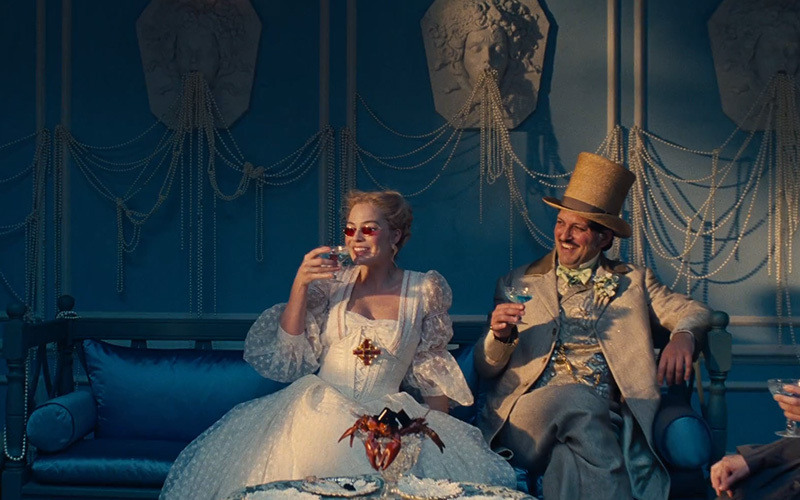
Arguably, the worst costume historical inaccuracy in the teaser is Catherine’s lack of a chemise. She is seen having her corset tied up without anything underneath, which was completely unheard of and considerably painful.
However, one of Catherine’s dresses in the trailer features a three-tier puff-sleeve, which does resemble Marie Antoinette’s iconic Robe En Chemise. This is probably the closest Catherine gets to a chemise in this adaptation.
The White Wedding Dress
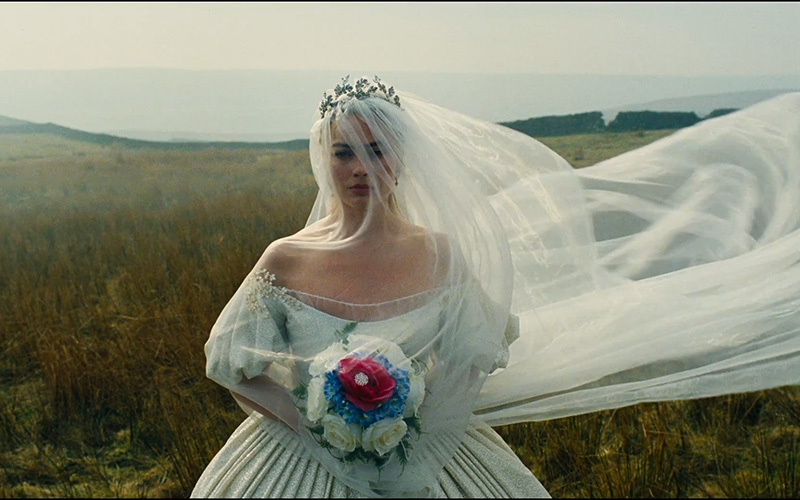
There is considerable confusion among people on the internet regarding the white wedding dress featured in the teaser. Based on the silhouette, it appears to be set in pre-Victorian England, which raises questions about the accuracy of Catherine wearing a white wedding dress. The tradition of white weddings originated with Queen Victoria after her marriage to Prince Albert in 1840. Before that time, women did not wear a specific colour for their weddings; instead, they would choose their nicest dresses, regardless of the hue. Therefore, whether Fennell's adaptation of Wuthering Heights is meant to reflect the late 1700s or an earlier time period, both interpretations would be historically inaccurate if they depict a white wedding dress.
Heathcliff’s Wardrobe
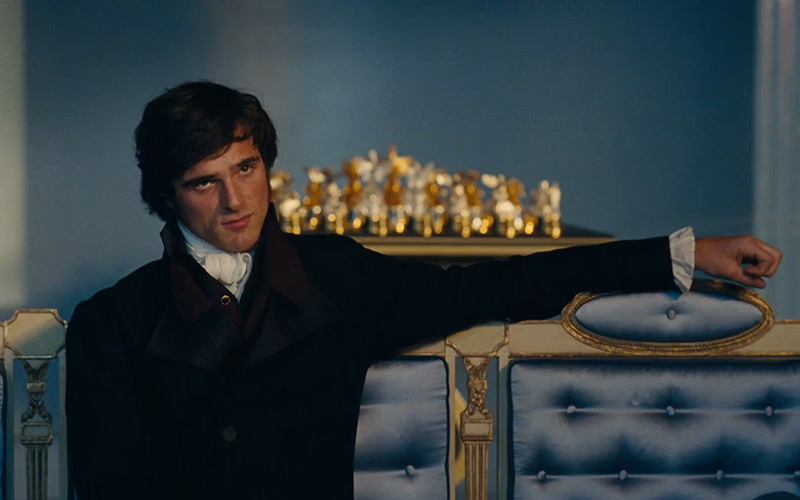
Heathcliff’s costuming seems generically similar to all the other men's wear in the trailer. The menswear is more Victorian and doesn’t match the 1600s look Catherine resembles. Heathcliff even adorns a gold tooth, which had been around since times that dated back to BC, which was used as a decorative adornment and statement of power.
Though it is astounding that Elordi shockingly still manages to pull off mutton chops, which give him a new level of effortless rugged attractiveness.
Romantic Whimsy Dream?
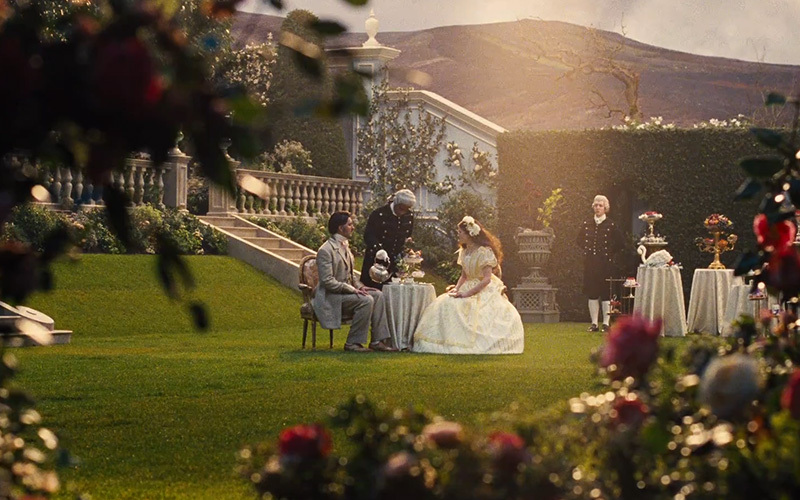
Now, if we put aside the immense pressure of being historically accurate about a literary classic and look at the trailer alone, I think Fennell’s Wuthering Heights looks impressive visually. It almost resembles a world created by Yorgos Lanthimos. Some of the stills and colouring remind me of Poor Things, which, although set in the late 19th century, offers a surreal and stylised depiction of that period. If we view the teaser through this perspective and embrace a surreal mindset, we can appreciate it even more.
In Saltburn and Promising Young Woman, Fennell has proven she can depict different types of obsessions, a key theme in Wuthering Heights. Hopefully, Fennell can successfully portray the darkness of the original text, exploring the abuse and manipulation that Catherine and Heathcliff experience and inflict on others.
Overall, though, none of her previous works have been direct classical adaptations. Fennell has been known to turn to literature for inspiration. For Saltburn, Fennell looked at texts such as Brideshead Revisited by Evelyn Waugh and Rebecca by Daphne Du Maurier. So, Fennell is no stranger to a classic text, and based on the teaser, Emily Brontë’s work will probably be more inspirational than a faithful adaptation.
Unfortunately, we cannot overlook Fennell's poor casting choices. Is Emily Brontë turning in her grave? We don’t know, but as a fan of Saltburn, I hope Fennell will bring something to this stunning classic gothic text.



